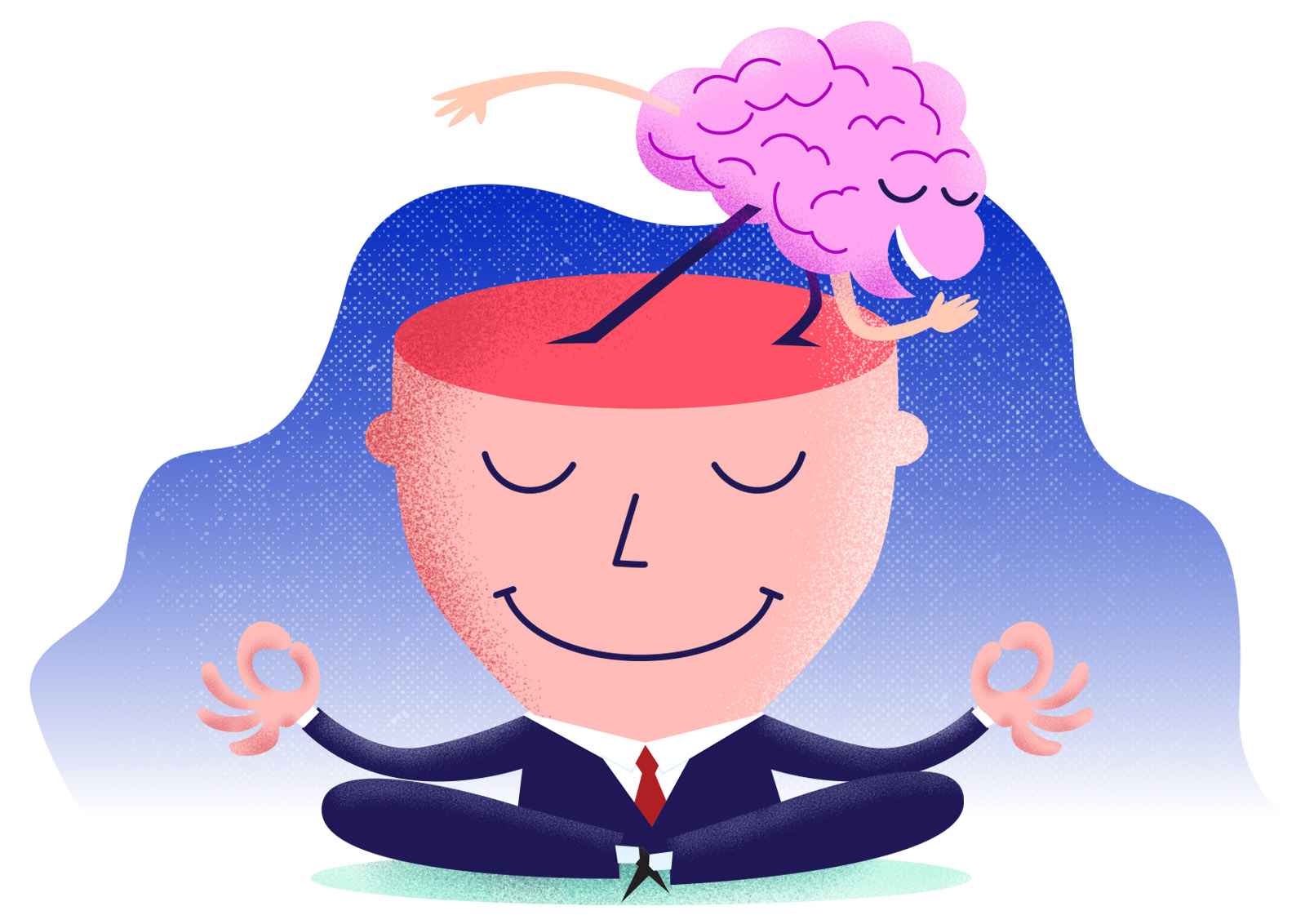Estimated Reading Time: 4 minutes, 12s.

One of my favorite studies has a heck of a title: Intuition in the context of object perception: Intuitive gestalt judgments rest on the unconscious activation of semantic representations. Definitely a mouthful. While this word soup of a title may lead you to skim the research, in my opinion that would be a mistake. The study cuts to the core of something absolutely fascinating: what intuition is.
At the risk of oversimplifying, intuition is when information is activated in our brain without our awareness. When we feel compelled to act or think differently without being able to explain why and without conscious retrieval, that’s intuition at play. Conscious thinking, on the other hand, is when information is activated with awareness.
This subconscious retrieval of information is what can lead us to utter reassuring words to our spouse from out of the blue, hug a friend for reasons we can’t yet explain, or dart to the other side of the sidewalk before a car careens around the corner.
Our mind constantly connects what we perceive around us to our past experiences, memories, and knowledge. Some of these connections break through into our consciousness—when we come up with an idea, think about a world issue, or soak up the world around us. We tend to overfocus on these conscious thoughts—after all, this is the stuff we can notice.
But what doesn’t break through is just as important—if not more so.
—
The “voice” of intuition has been given a handful of names.1 Oprah Winfrey, in her book The Path Made Clear, talks about how intuition “whispers” to us throughout the day. Others refer to intuition as a “still, small voice” in our head, others a “gut instinct.” Whatever the label, intuition is always there—a background hum of subconscious thoughts related to our conscious world, passing by under the thin surface of our awareness.
Generally speaking, the quieter our mind, the more likely we are to hear this intuitive undercurrent. Put simply, a conscious thought is a web of connections in our brain that has become activated enough to break through our conscious barrier. As I wrote about in Hyperfocus, the capacity of our conscious awareness is far smaller than we think. We can only hold so many thoughts in our mind at once. And so thoughts compete for our mental space. The web of thoughts that is the most activated is the one that wins the prize of our attention.
But a far greater number of neural networks and ideas don’t win. In this sense, our mind is like an iceberg; we’re aware of only the few thoughts floating above the waters of consciousness. Most thoughts reside deeper. Being able to hear intuition speak is a simple numbers game. The fewer thoughts there are to drown out the voice of intuition, the greater the odds that intuition will break through to alter how we think and act.
The calmer our mind, the fewer thoughts we generate in response to what happens in our world. A calm mind also means reacting less to our own thoughts—recalling a cringeworthy memory that leads to a cascading series of negative thoughts, for example, or receiving an angry email that contributes to turbulent thinking for the rest of the afternoon.
—
As I’ve written about before, calm is a critical contributor to productivity during an anxious time. The calmer your mind, the space you’ll free up for valuable, deeper thoughts.
While this post has been a bit more technical, the tactics to calm our mind are anything but. Here are a few simple yet surprisingly powerful ones you can put into practice immediately:
- Meditate. Meditation lets you notice and step back from your thoughts. Observing them from a distance allows you to detach a bit and not take these random mental firings so seriously. Done often enough, meditation leads to a calm mind—and helps align your attention toward what’s in front of you. Here’s a guide I wrote that has everything you need to get started.
- Create more white space. White space—empty time in your calendar where you’re free to brainstorm, plan, or work on anything you feel like—lets you step back from the demands of your work and life. Work can be stimulating in ways both good and bad, and this constant on-the-go can rattle your mind. Calm comes when we step back from our busy lives.
- Create a slow ritual. Create a ritual in your day when you deliberately slow down and let your mind wander. Any simple habit works: drinking your morning coffee with just a notepad in front of you, journaling in the evening, or going for a walk through nature before your day gets started.
The calmer your mind, the less mental noise you’ll have obscuring the intuitive voice deep below the surface of your consciousness. Intuition will always be there for you—it’s up to you to create the space so it can speak.
